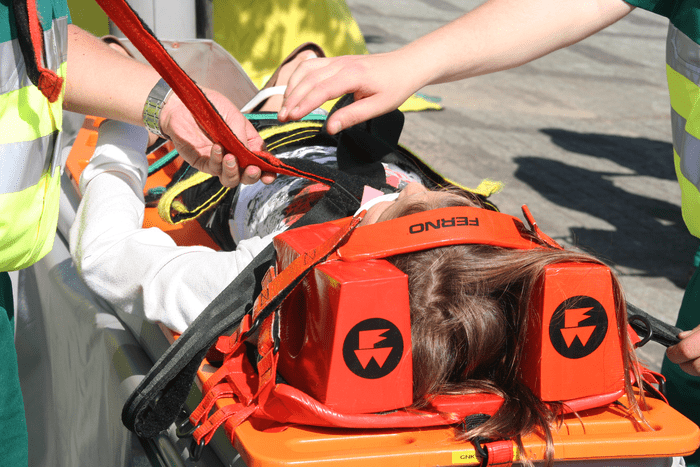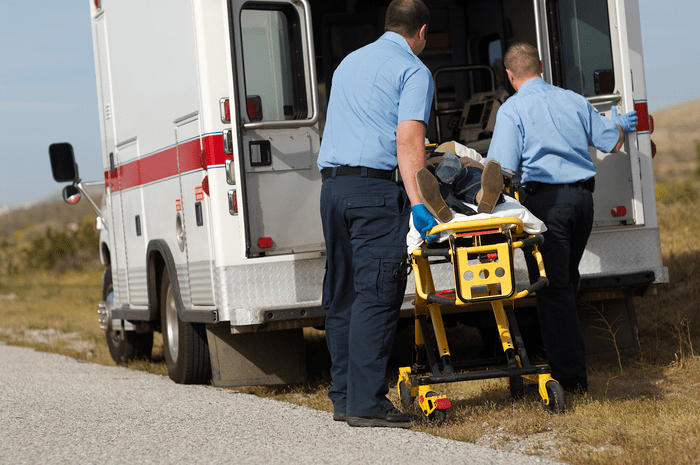Overweight or obese patients can present suctioning difficulties. Because most American adults are overweight or obese, medical providers must train in the treatment of bariatric patients. These patients are highly susceptible to airway difficulties, particularly during surgery. The following strategies can help you effectively suction bariatric patients, even when they present with difficult airways.






















